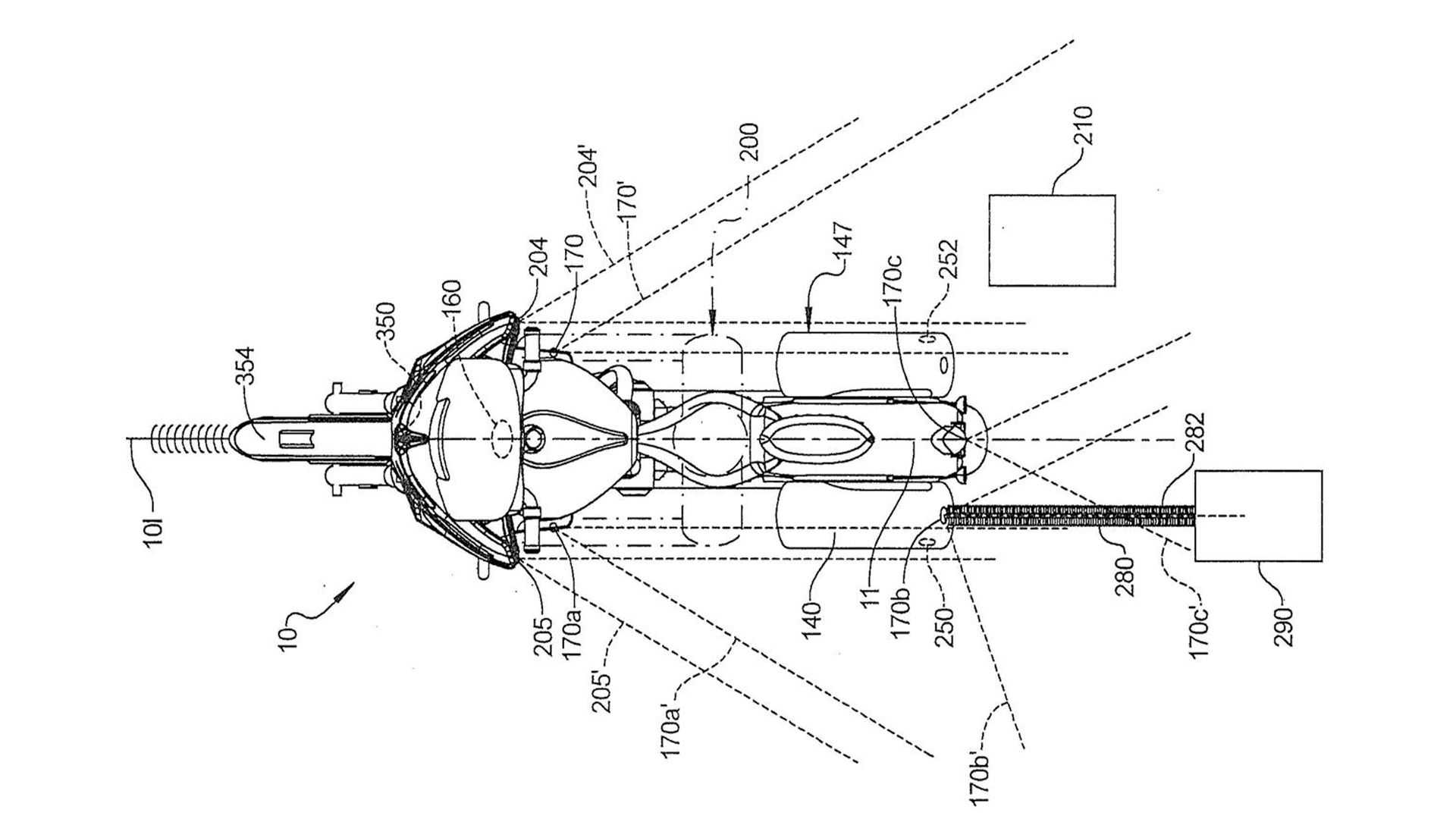The Indian Motorcycle will offer a radar-assisted adaptive cruise control system as an option on some of its big adventure touring models.
The system is expected to be available on the Scout and Roadmaster.
- Honda is working on the anti-collision radar system
- Kawasaki to bring radar tech in the upcoming H2 SX
- KTM unveils the updated 2021 1290 Super ADV S
Late last year, Indian Motorcycles laid the groundwork with a patent application for a radar-assisted adaptive cruise control system.
The application was filed in August 2019 and covered two key components.
- A radar sensor and
- An algorithm that would control the bike’s throttle to maintain distance behind the vehicle ahead.
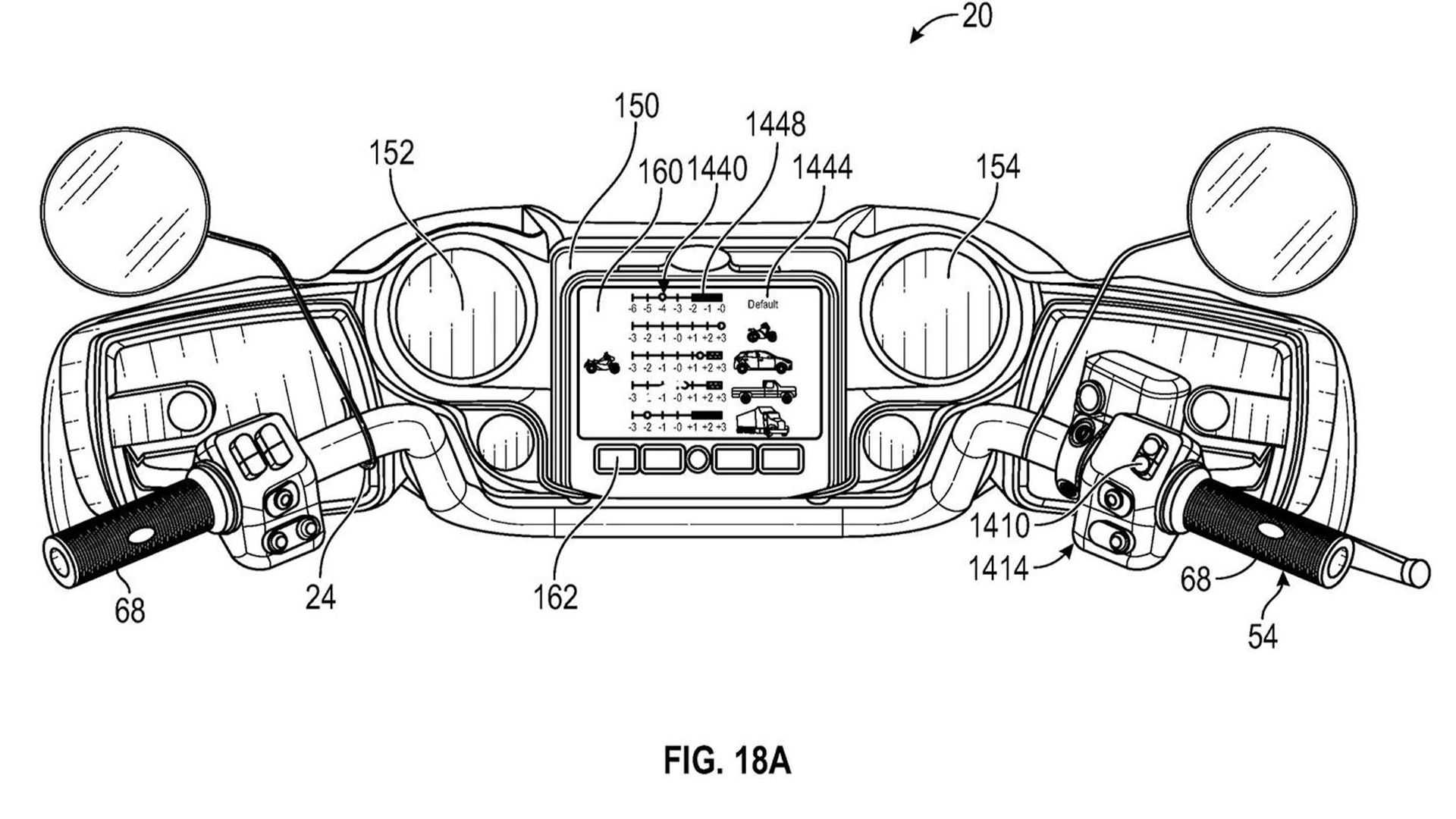
And the radar-equipped braking system in 2021. However, we have not seen the equipment on motorcycles yet.
The future seems to be a time when motorcycles will drive themselves.
However, Ducati had a patent for a new cruise control system based on radar sensors placed at the bike’s rear. And they had implemented it in their Multistrada V4.
Indian has announced that it also has radar-based cruise control patents in process. As well as new technology to prevent lane-dividing crashes with cars that pull into your path.
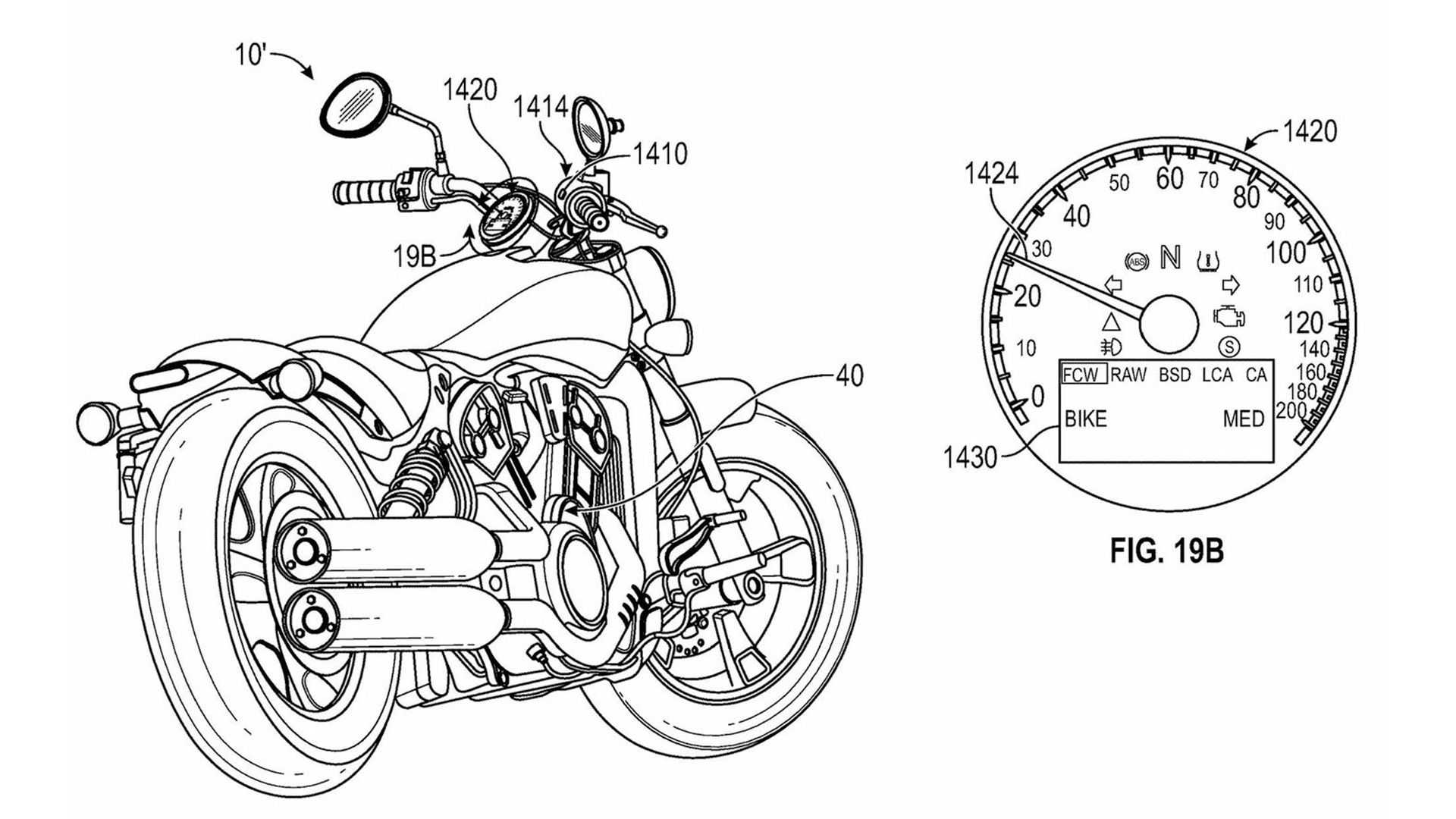
However, the Indian went one step ahead of Ducati and made sure there are two radars at the rear.
The technology
Adaptive cruise control technology will allow the motorcycle to maintain a consistent distance behind a car. Or another vehicle to help riders avoid slowing down and speeding up repeatedly on long rides.
The motor company’s design careens around the familiar concepts of adaptive cruise control. By placing radar on the front alongside the standard vehicle safety technologies.
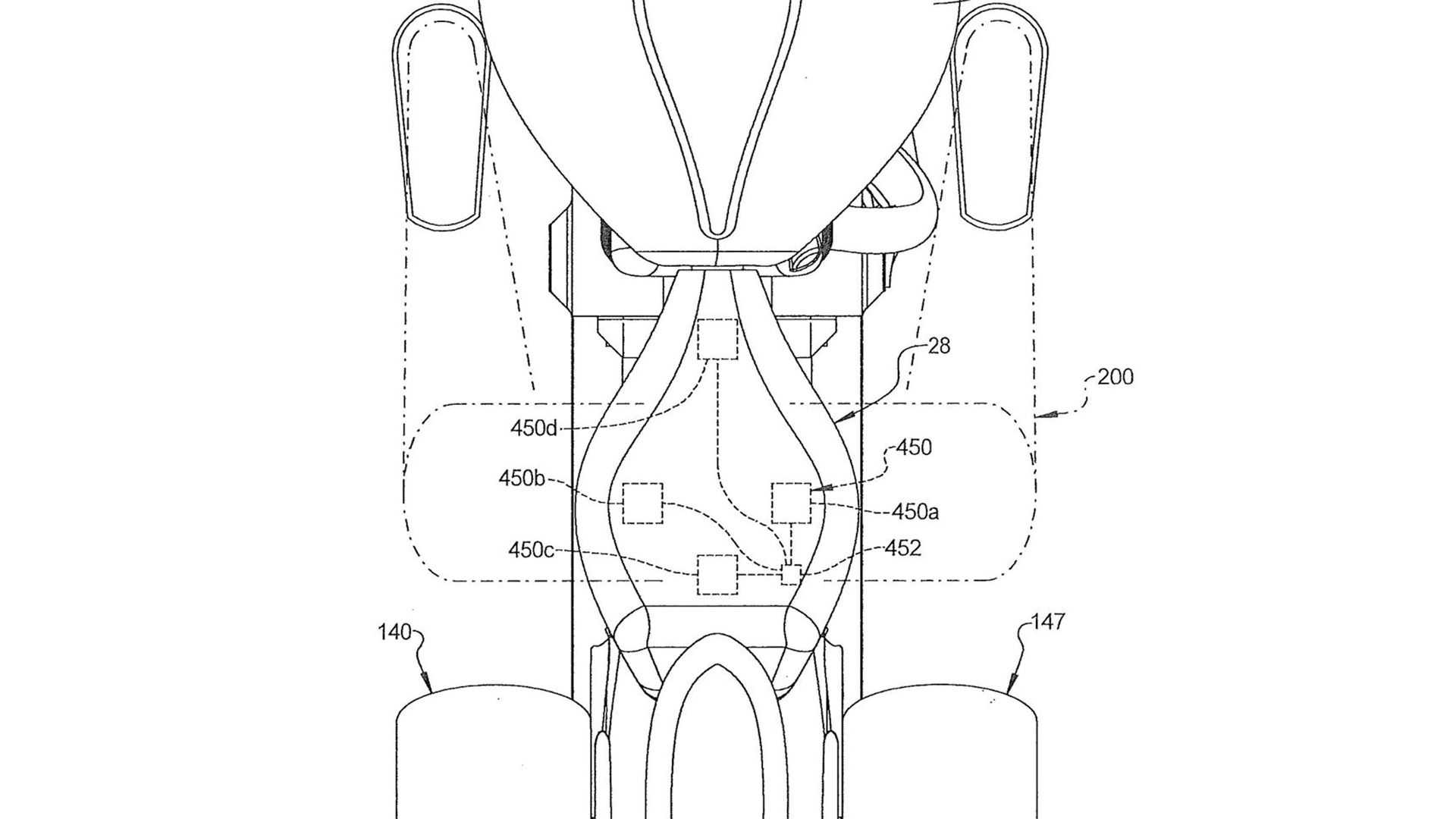
We also see two pannier cameras mounted and one in the taillight at the rear.
And that makes the patent go far beyond when compared with Ducati and KTM.
Apart from these features, the system also warns riders about the dangers via its haptic seat. Now, this is done through four vibration motors which are placed under each corner of the seat.
Unlike Ducati, the patent also features passenger-facing blinkers. The patent also talks about the flashing lights three times to grab the attention coming from the rear.
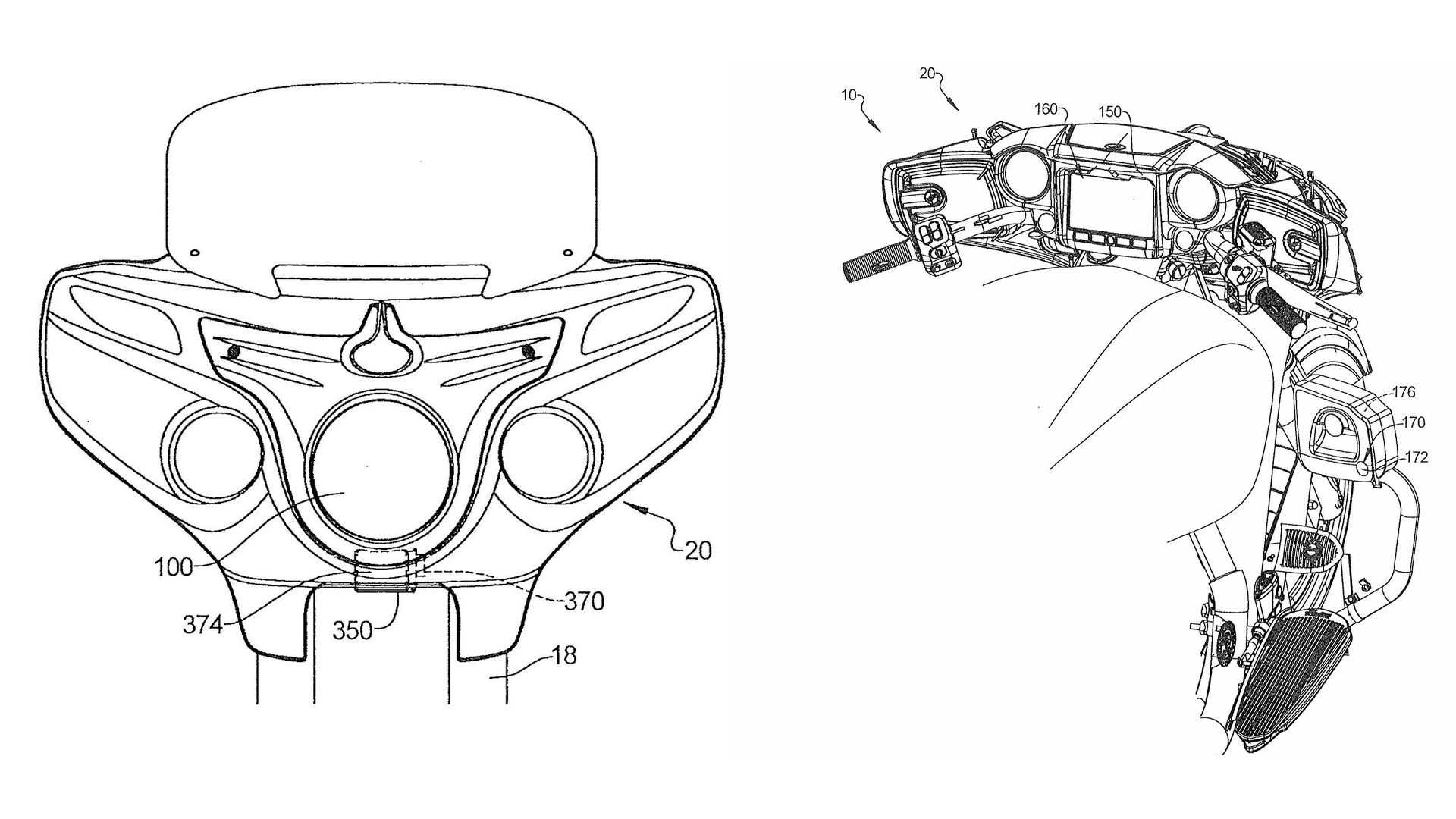
If there is no action from the driver, the system goes ahead and blows the horn and makes sure the brake light gets illuminated.
While it is still a question as to when will Indian bring this intelligent system in their motorcycles, we feel it may arrive in 2022.
